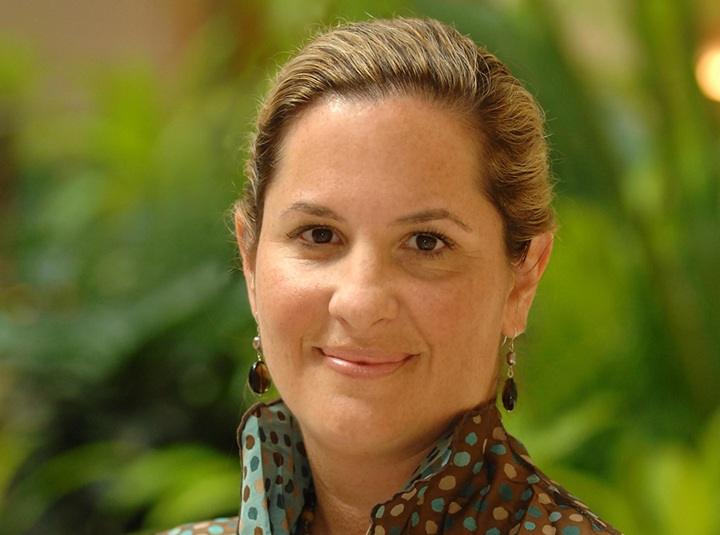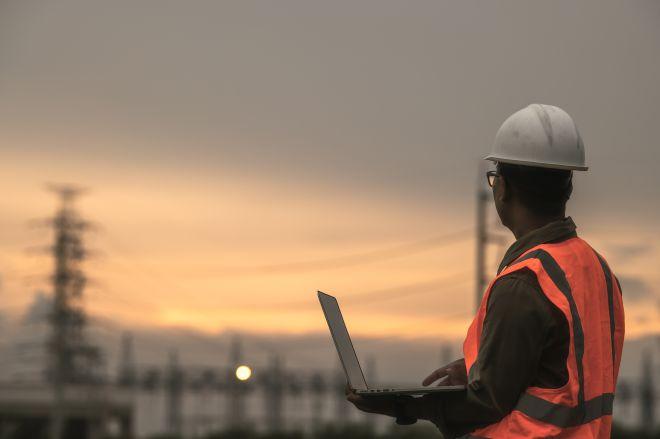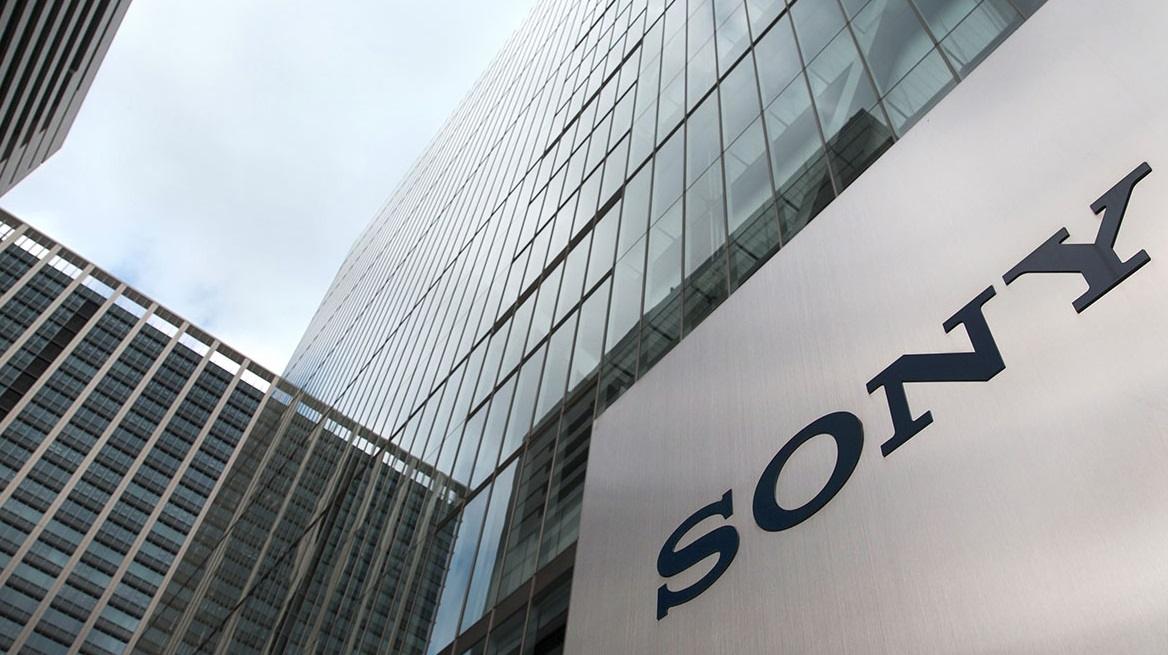Guest Post – Building a Resilient Future: How Leveraging AI Can Protect Our Infrastructure from Natural Disasters
By: Jennifer Steinmann, Deloitte Global Sustainability Business Leader
The increasing frequency and intensity of natural disasters around the world is a significant threat to our communities and economic stability. This is our expected future – it’s important that public and private sectors make smart investments in technology that can improve the ability to plan, respond, and recover from natural hazards.
According to Deloitte Global’s recent AI for Infrastructure Resilience report, natural disasters could cause approximately US$460 billion in annual average losses to infrastructure globally by 2050. These losses are more than double the annual average compared to the last 15 years. To put that in perspective, in 2024, more than 27 individual natural disasters in the US—from wildfires, floods, tsunamis to hurricanes—reached or exceeded US$1 billion in damages.
While these events have tremendous human and economic consequences, and the future projections are quite sobering, they highlight an urgent need for action—and an opportunity to invest in innovative solutions to mitigate costs and improve recovery efforts. Global leaders should take action now to fundamentally evolve and strengthen infrastructure resilience by using artificial intelligence.
According to Deloitte Global’s research, by strategically implementing AI solutions, business and government leaders could save approximately US$70 billion globally in annual infrastructure losses by 2050. AI can help leaders make sense of vast amounts of real-time environmental data and convert it into actionable insights. The report outlines in detail the value of implementing AI across the entire infrastructure lifecycle, from planning and monitoring to disaster response and recovery.
Around the world, forward-thinking leaders are already using AI to rethink how we plan, protect, and rebuild our critical infrastructure systems and are seeing notable results in their communities. Here are some practical ways leaders are using AI today that can serve as models for others to follow:
Strengthening systems before a disaster
Prevention is the cornerstone of resilience, and AI is helping city and organizational leaders plan by identifying vulnerabilities before disaster strikes. From digital twins to predictive maintenance algorithms and geospatial data analytics, these tools enable leaders to fortify systems before extreme weather events occur.
- Urban heat islands (UHI): In Singapore, officials are developing a digital twin to help anticipate future UHIs—locales that experience unusually high temperatures compared to surrounding areas. By modeling how additional green spaces, water bodies, or new buildings can mitigate heat effects, they are working to prevent and reduce economic losses and heat-induced fatalities.
- Securing the water supply: In Poland, a municipal water supply and sewerage company transformed its aging water infrastructure using AI-powered predictive maintenance. By analyzing critical factors such as pipe age, material type, and environmental conditions, city leaders can now predict failures with up to 90% accuracy, enabling proactive modernization and enhanced reliability for the city’s water systems.
Real-time AI: When every second counts
A quick response is essential when disasters occur. AI-powered early warning systems are enabling first responders with the intel and data they need to take action faster and more effectively.
Real-time surveillance of forests with IoT sensors and satellites can help to detect wildfires early enough to allow first responders to intervene before fires grow out of control or reach populated areas.
Early detection doesn’t just protect infrastructure—it can save lives. Leveraging a study by the Australian National University, Deloitte analysis shows that if Australia invested in a similar AI-powered early warning system as California, that could help mitigate damage by US$100 million to US$300 million annually with the potential to save billions in the long-term – while giving communities more time to evacuate.
Improving recovery post-disaster
Investing in innovative AI solutions can also help communities quickly recover and rebuild in the wake of a natural disaster. By using AI-enabled drone imagery and pattern recognition, engineers can quickly assess the structural damage to roads, bridges, and buildings, accelerating reconstruction efforts.
For example, Deloitte’s OptoAI tool helps inspectors perform post-disaster roof examinations in less than half the time while reducing excess material use by up to 30%. This advanced solution uses 2D to 3D photogrammetry to create digital twins of damaged areas, helps train AI models on this data, and then deploys these models on drones to help detect damage in near-real time. If assessments like these are completed quickly, that allows financial institutions and insurers to process claims more efficiently, which then helps the affected communities receive the resources they need to rebuild sooner.
AI-powered solutions offer a practical, data-driven approach to safeguarding our systems against natural disasters and improving our collective resilience. While we see clear benefits of using AI for improving infrastructure resilience, leaders still face significant barriers to widespread adoption.
Legacy infrastructure, complex and sometimes outdated regulatory frameworks, and resource constraints often prohibit municipalities from taking advantage of cutting-edge technologies. That’s why global coordination is essential:
- Infrastructure owners and operators should modernize their systems, voluntarily disclose critical infrastructure data, and invest in AI across the full lifecycle—from planning to recovery.
- Finance and insurance leaders can drive adoption by integrating AI into credit underwriting models, creating tailored risk products, and incentivizing resilient practices through favorable financing terms.
- Technology companies should continue building efficient, AI-driven solutions that integrate seamlessly with many infrastructure environments, ensuring effective resilience is also sustainable.
- Policymakers can help enable AI adoption by setting standards, offering economic support, and modernizing legacy infrastructure. They can also help drive cross-sector collaboration and long-term planning.
We have an opportunity to rewrite the rules of disaster management and use AI to help reduce delays and disruption, better preserve infrastructure, and most importantly, protect communities. These powerful AI-enabled solutions can help us enhance existing systems, build new projects better suited for a changing world, and create an ecosystem that is more resilient to disruption – infrastructure that is smarter, safer, and more resilient for today and tomorrow.
###
Deloitte refers to one or more of Deloitte Touche Tohmatsu Limited (DTTL), its global network of member firms, and their related entities (collectively, the “Deloitte organization”). DTTL (also referred to as “Deloitte Global”) and each of its member firms and related entities are legally separate and independent entities, which cannot obligate or bind each other in respect of third parties. DTTL and each DTTL member firm and related entity is liable only for its own acts and omissions, and not those of each other. DTTL does not provide services to clients. Please see www.deloitte.com/about to learn more.
Deloitte provides leading professional services to nearly 90% of the Fortune Global 500® and thousands of private companies. Our people deliver measurable and lasting results that help reinforce public trust in capital markets and enable clients to transform and thrive. Building on its 180-year history, Deloitte spans more than 150 countries and territories. Learn how Deloitte’s approximately 460,000 people worldwide make an impact that matters at www.deloitte.com.
This communication contains general information only, and none of Deloitte Touche Tohmatsu Limited (DTTL), its global network of member firms or their related entities (collectively, the “Deloitte organization”) is, by means of this communication, rendering professional advice or services. Before making any decision or taking any action that may affect your finances or your business, you should consult a qualified professional adviser.
No representations, warranties or undertakings (express or implied) are given as to the accuracy or completeness of the information in this communication, and none of DTTL, its member firms, related entities, employees or agents shall be liable or responsible for any loss or damage whatsoever arising directly or indirectly in connection with any person relying on this communication. DTTL and each of its member firms, and their related entities, are legally separate and independent entities.
© 2025. For information, contact Deloitte Global.





